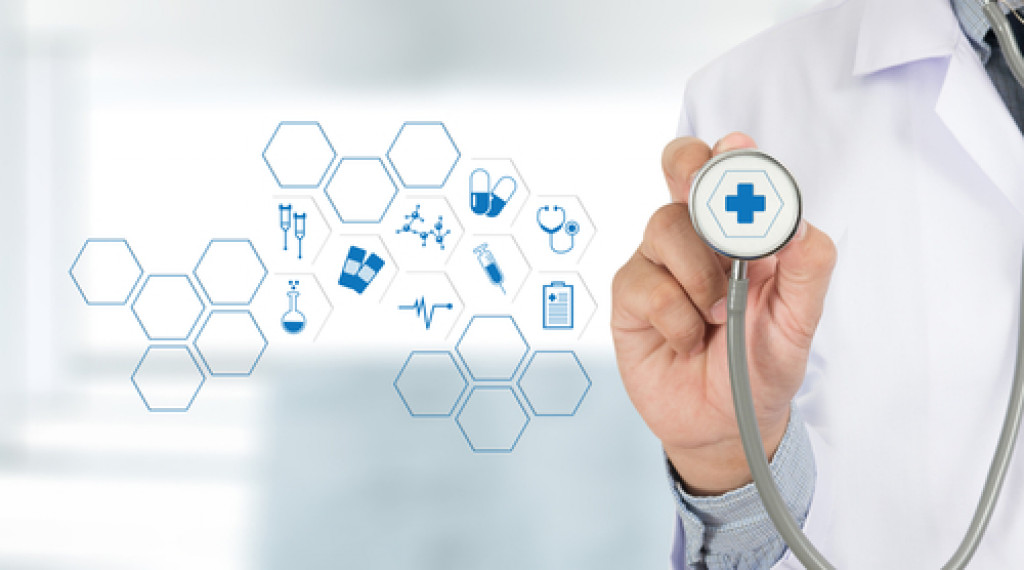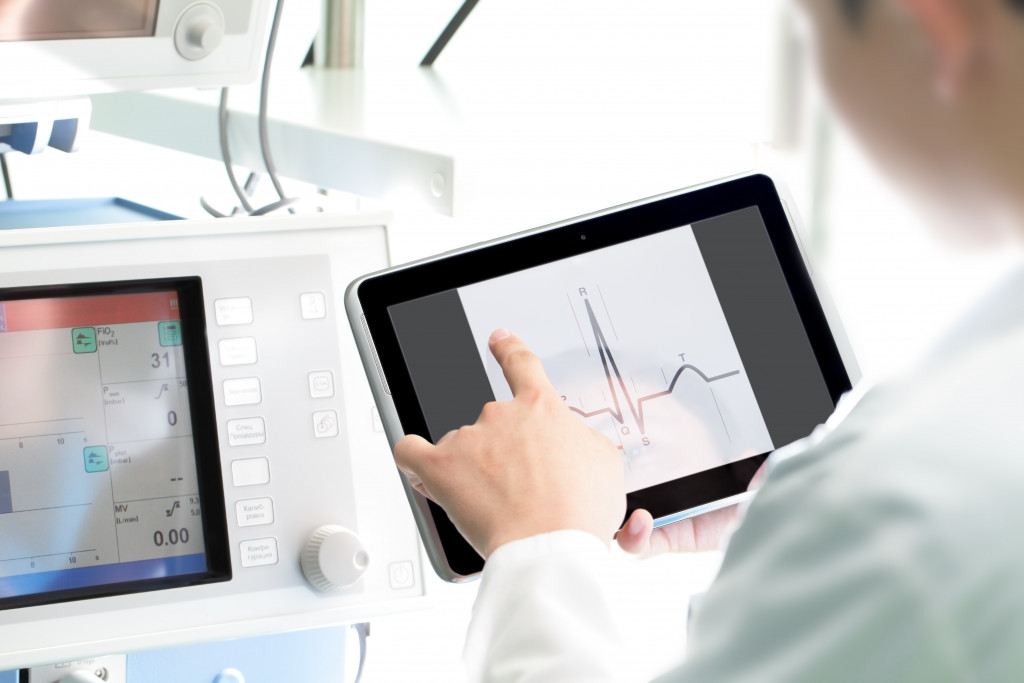• Telemedicine and remote diagnostics enable healthcare consultations to be done remotely.
• Recent advances in e-health documentation tools, health record integrations, and teleconsulting platforms have improved access to healthcare.
• With telemedicine and remote diagnostics, healthcare providers are now able to deliver convenient quality care.
• New applications such as wearable devices, robotics, and lab databases are being developed in a variety of medical contexts.
• As healthcare continues to evolve, telemedicine and remote diagnostics will play an increasingly important role in patient care.
Healthcare is evolving. With new technologies emerging, there is now a shift in how care is delivered and accessed. Telemedicine and remote diagnostics are two areas that are experiencing this significant growth. Here are some innovations in these fields and how they are improving healthcare. Whether you’re a health enthusiast or simply looking to stay informed about the latest in healthcare, this blog post is for you!
Defining Telemedicine and Remote Diagnostics
Telemedicine and remote diagnostics are rapidly emerging tools for healthcare. They refer to technologies that enable one to have healthcare consultations remotely from their home.
Physicians and other health professionals may perform a variety of services, including taking health histories, giving instructions and advice on patient care, conducting physical exams using video or audio conferencing, prescribing medications, evaluating treatments, and providing follow-up care.
With telemedicine and remote diagnostic tools now incorporated into the day-to-day medical routine, it is easier for patients to get personalized attention and receive information related to their health without leaving their homes. In turn, this creates more unique opportunities for health providers to access more patients while improving the quality of care received by those individuals.
The Current State of Telemedicine and Remote Diagnostics
Telemedicine and remote diagnostics are enabling healthcare providers to deliver quality care while also responding to the challenges of the pandemic. By eliminating in-person visits, this technology helps prioritize safety for both patients and practitioners.
For instance, recent advances in e-health documentation tools and health record integrations have made collecting and accurately interpreting patient data easier than ever. Meanwhile, teleconsulting platforms make it easier for medical staff to coordinate patient care with remote specialists. As a result, practitioners have access to more up-to-date research, procedures, and diagnosis protocols whenever they need them.
Finally, improved video conferencing facilities allow practitioners to monitor their patients’ progress without requiring in-person visits. Ultimately, telemedicine is helping healthcare professionals effectively manage patient care from anywhere at any time during this unprecedented time.
How Telemedicine and Remote Diagnostics Are Being Used Today
Today, telemedicine and remote diagnostics are being utilized more than ever before to improve healthcare access and quality. These technologies allow medical professionals to consult with patients online in real-time via video chat while providing the tools necessary to diagnose a health issue accurately. Here are some examples:
Mental Health:
Telemedicine and remote diagnostics are becoming increasingly popular for mental health services, as they allow practitioners to access more patients while also providing a safe and private space for those individuals to gain access to care.
Chronic Illness Management:
Telemedicine can be used to monitor the health of those with chronic illnesses, such as diabetes. By providing a secure platform to communicate and share information, health professionals are able to better access patient data and offer improved guidance on how to effectively manage their condition at home.
Allergy Tests:
Innovative at-home allergy tests allow individuals to test for allergies without leaving their homes. Individuals can easily detect allergies through at-home kits and take the necessary steps toward managing any potential allergic reactions.
The Future of Telemedicine and Remote Diagnostics
The future of telemedicine and remote diagnostics is incredibly exciting. Thanks to rapid advances in technology, it is now possible for medical practitioners to diagnose illnesses with unprecedented accuracy while minimizing the need for patients to travel to receive quality care. Just some of the recent applications are:
Wearable Devices
Wearable devices such as smartwatches can be used to monitor the health of patients in real-time. Medical practitioners can analyze this data through secure platforms, allowing them to more quickly and accurately diagnose illnesses or track patient progress.
Robotics:
Robots are being developed for use in a variety of medical contexts. From robotic surgery to remote patient monitoring, these robots have the potential to provide more efficient and accurate medical care.
Lab Databases
Labs are now creating databases to store and share medical data. This allows healthcare providers to quickly access patient records, compare results, and make more informed decisions.
As the healthcare landscape continues to evolve, telemedicine and remote diagnostics will play an increasingly important role in patient care. By definition, telemedicine is the provision of medical services using telecommunications technology, while remote diagnostics refers to the use of diagnostic tests that can be performed remotely. Today, telemedicine and remote diagnostics are being used in a variety of ways — from providing real-time access to specialists to monitoring patients’ vital signs remotely. Looking ahead, it’s clear that telemedicine and remote diagnostics will continue to transform how healthcare is delivered, making it more convenient and accessible for patients around the world.


